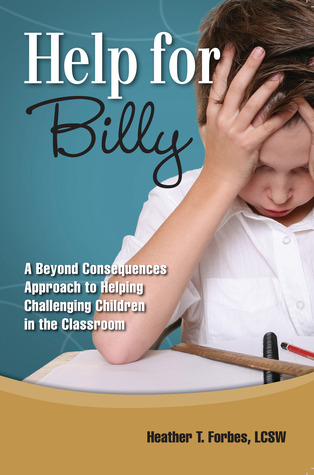More on this book
Kindle Notes & Highlights
Read between
March 27 - April 1, 2018
He becomes aware that he is a separate and unique individual with the power to create his own beliefs.
Instead of being able to discern the nuances of the true and false beliefs, the child becomes extreme.
Children’s beliefs are created when experiences happen over and over again and when phrases are spoken repeatedly.
child is not born into this world knowing he is worthy, loved, or all right.
optimistic viewpoints and belief systems who say “everything will work out” have stronger immune systems.
Billy’s parental reactions to his behaviors growing up were constantly about failure and blame, his sense of value and self-worth will be diminished.
His neural network is wired together in a negative, self-defeating pattern.
Two of the most impactful for Billy are the grading system and the use of praise as encouragement.
Grading System.
The American grading system is set up to give children the message that they are either “smart” or “stupid.”
It reinforces negative beliefs and ultimately closes any door of opportunity for change. Learning can be stopped dead in its tracks at this point.
Praising as Encouragement.
Teachers become exceptionally frustrated when they give a child like Billy a compliment and only seconds later he acts out in the opposite direction. It is as if Billy had an agenda to prove he is truly a “bad” child.
Words like “Great job, Billy. I’m so proud of you!” blatantly contradict Billy’s internal framework.
Negative reactions and harsh punishments in his family created a Billy who is afraid of making mistakes.
His natural sense of curiosity and love for learning has become stifled.
Billy’s strategy often becomes that of avoiding doing any academic work to avoid embarrassment and shame.
He learns to lie, blame, deny, and resist.
He can become a master at accomplishing nothing academically despite being in a ...
This highlight has been truncated due to consecutive passage length restrictions.
Parents and teachers report spending hours on one assignment with pencils split in half, papers being tor...
This highlight has been truncated due to consecutive passage length restrictions.
to Billy, that list of spelling words and the worksheet of math problems represent threats to his entire existence.
To avoid this outcome, he will resist doing the work. He will fight for hours, refusing to attempt the words, and no threat of any consequence will be enough to overcome this resistance.
He will accept the consequence of not going out to recess over feeling stupid.
The fight is with his belief, not with the spelling words.
Having a Voice.
Thus, when Billy expresses, “I can’t do this. I’m stupid,” he needs a validating response such as, “Wow, Billy, that cannot feel good! Explain to me how this makes you feel stupid.”
Once he is validated—“Billy, I didn’t realize this was so big for you and I totally get it now. No wonder you don’t want to do this assignment.”—
“I know it’s hard to believe, but I think you’re very smart and you can accomplish this. I’m here to help if you need it, so what do you think you can do to still get this list of spelling words in alphabetical order?”
Affirmations are a way to upgrade the negative programming in the mind by replacing it with empowering, positive, and energizing statements.
affirmations to be effective, you have to first acknowledge the negative thought, refuse it, and then add the positive.
Mantras.
is a useful technique to help ground and focus a student back to emotional safety in the heat of the moment.
vital to practice and repeat the mantras as a class prior to any behavioral challenges.
Repetition.
The effectiveness of affirmations and mantras depends greatly on repeating them often.
When the obstacles are taken out of the way, Billy will then create the obstacles.
does not believe he is entitled to peace, happiness, and an easy road.
This has to be his process; healing cannot be forced.
When seeing Billy struggling, we have asked, “How do I get Billy to change his behavior?”
First Question.
“What is driving Billy’s
behavior?”
When we can get to the reason and to the root of what is driving the behavior, the doors open to finding solutions that not only change behavior but also offer amazing
long-term change and healing for students.
Billy is seeking to regulate when he becomes upset.
The teacher could lovingly approach Billy and suggest they work out a way for Billy to have “book time” when he needed it.
more detailed exploratory questions: What else is really going on here? What does this child need? How can I change my perspective? What keeps me only looking at the behavior? What is this behavior communicating right now? What in the environment could be triggering this behavior?


